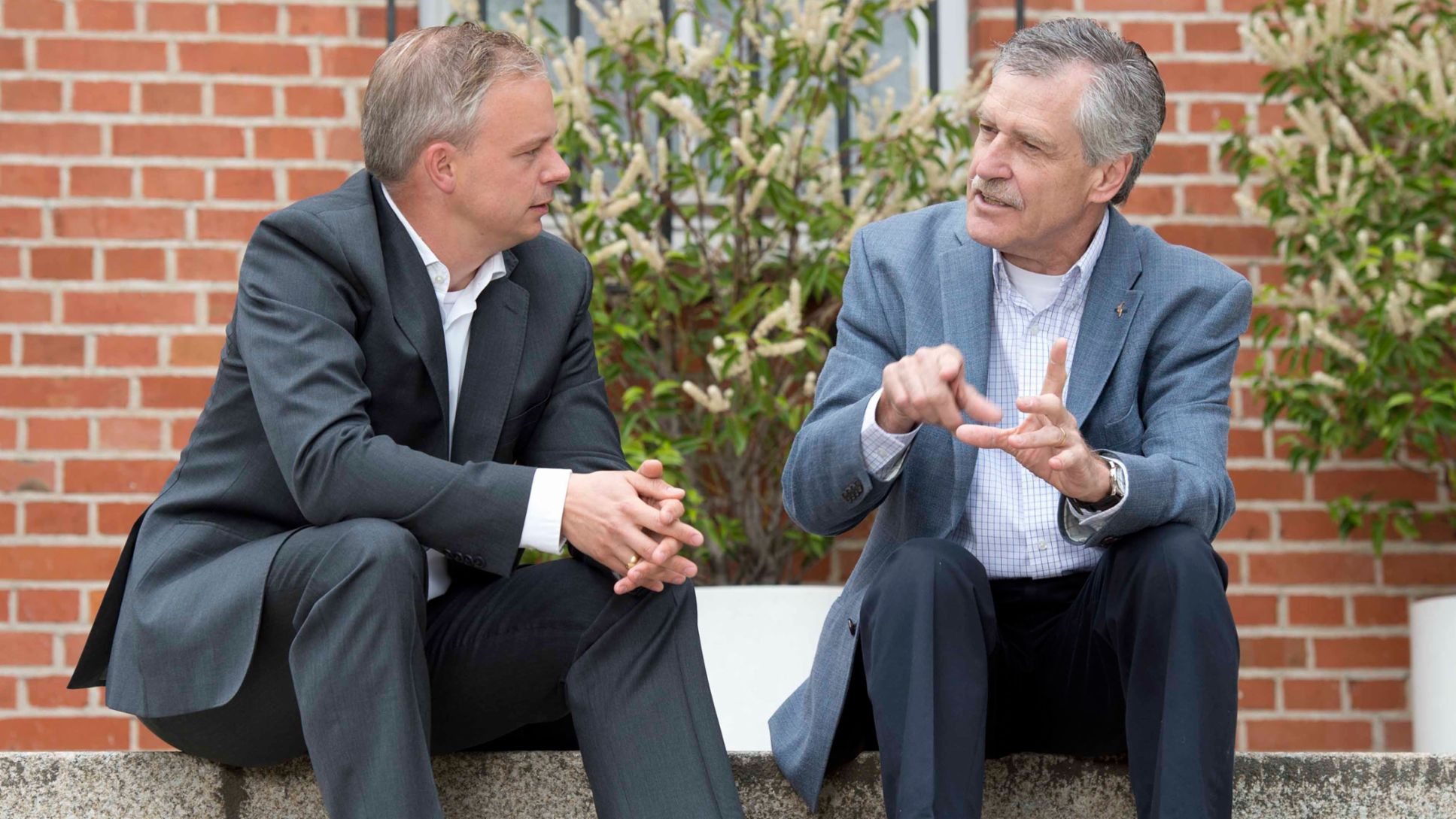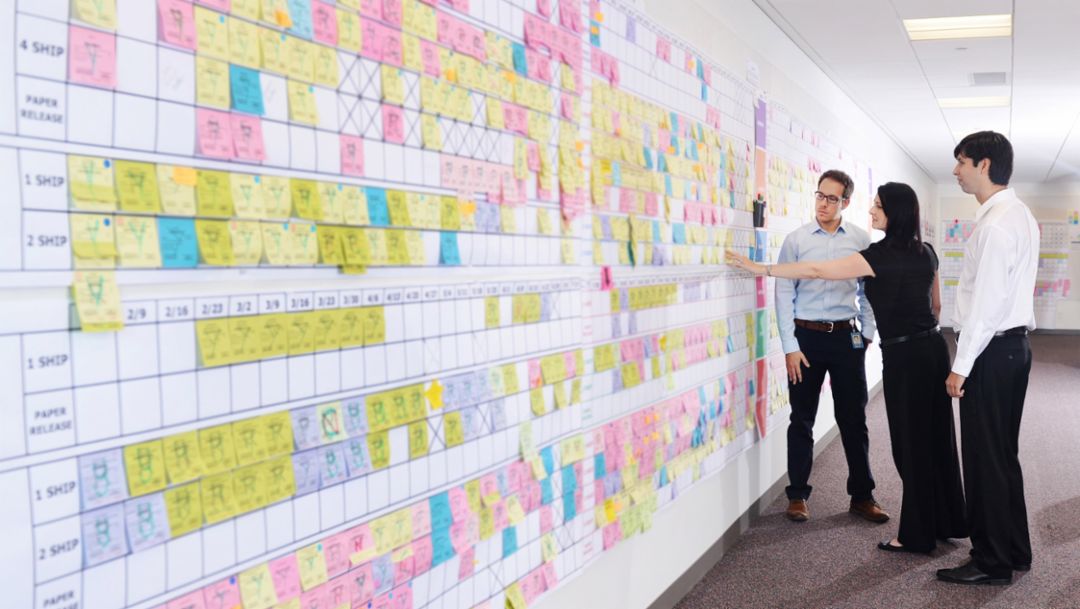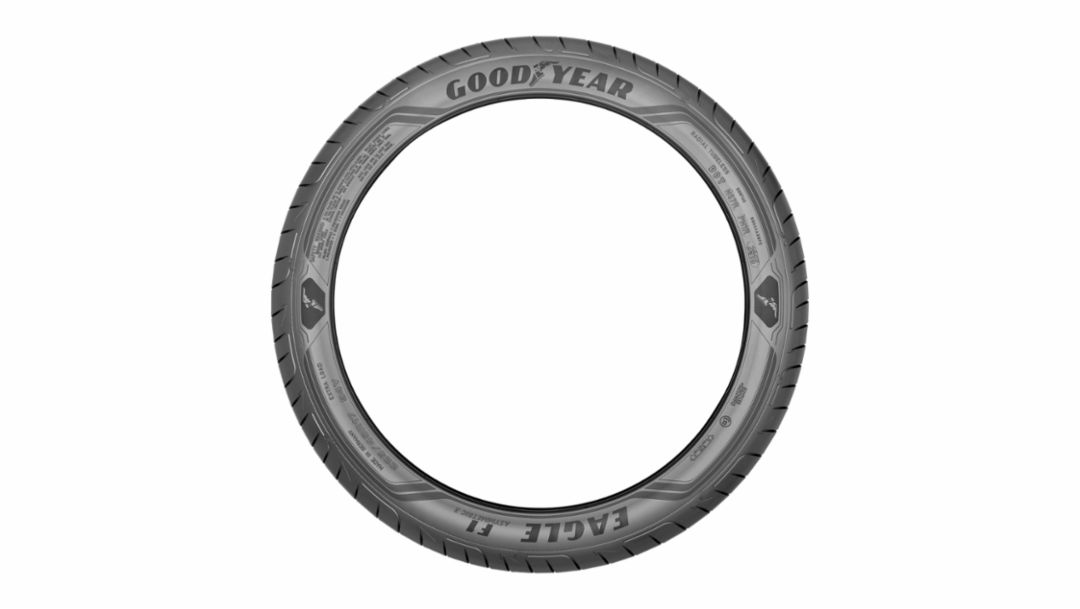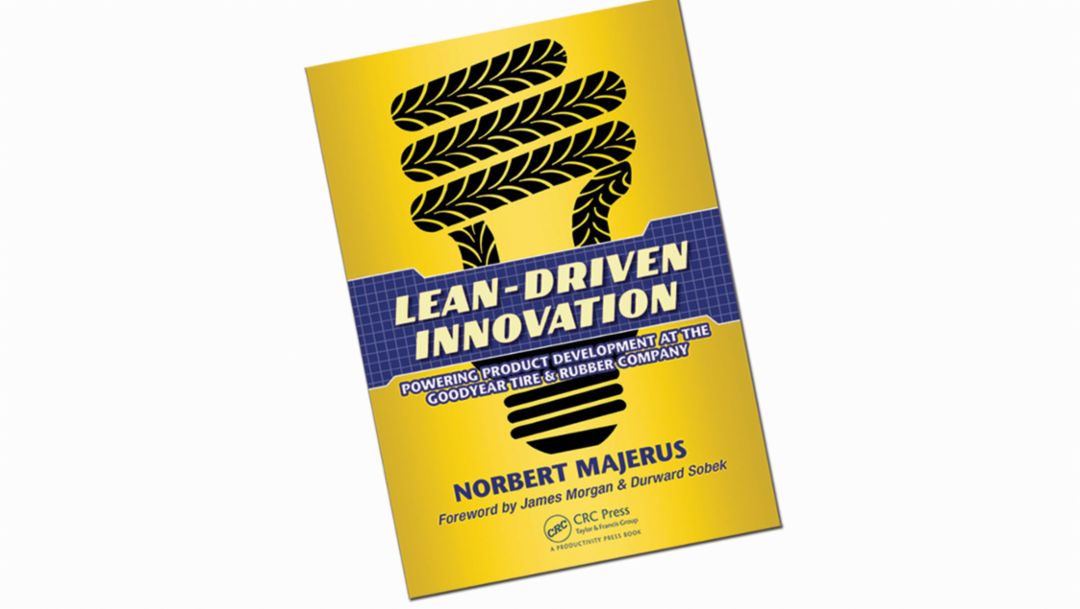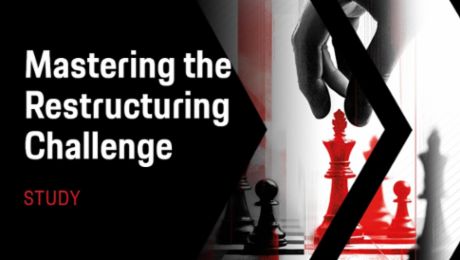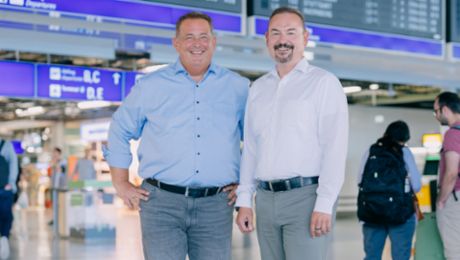A decade after his first meeting with Porsche Consulting, Goodyear manager Norbert Majerus has made a return visit to Porsche plant 1 in Zuffenhausen (Stuttgart). He stands in front of the red brick building and looks back over the years. When he was given the task in 2005 of integrating lean principles into the tire maker’s development system, he had no idea of the dimensions the project would assume. “Like everyone else at the time, I thought we would move on to the next fad a year or two later,” he says. Over the past ten years, however, lean development has become something of a mission for the now 62-year-old native of Luxembourg. No other topic has occupied him for so long in his professional career.
Goodyear had commissioned Porsche Consulting to help it take its first steps toward lean product development. Majerus still has a very clear recollection of the Porsche consultants’ analysis—it was spot-on. “They told us we didn’t have a process we could optimize, but that we had as many processes as employees.” Arne Petersen was a young consultant who was working on the project. He recalls the heated discussions. “People said the markets were so diverse that the development processes at the different sites could never be unified under a common denominator.”
The quality improved significantly once again
But that’s all history. “Today there is only one development process at Goodyear,” reports Majerus with a hint of pride in his voice. And the success can be measured. “We produce three times as many innovations per developer as we used to. We now develop products 70 percent faster. Our quality—which was already high—improved significantly once again.”
For Porsche Consulting, the commission from the Goodyear headquarters in Akron, Ohio, was the first from North America. “The project had a global approach from the start,” says Petersen. “Today we’re constantly doing projects with a worldwide scope, but at the time that degree of internationalization was something special for us consultants.” With more than 49 plants in 22 countries, The Goodyear Tire & Rubber Company is one of the largest tire makers in the world. As such, the crucial factor was not the consultants’ countries of origin but rather their expertise in the area of lean management. As leader for lean transformation in R&D, Majerus headed the team from the Goodyear research and development department, which included colleagues from the company headquarters in Akron as well as from the development centers in Colmar-Berg, Luxembourg and Hanau, Germany.
Goodyear brings 1,500 new products onto the market every year. It is extremely important to keep enhancing tire performance all the time in order to compete successfully with other major players in the industry such as Continental and Michelin, as well as with newer rivals from Asia like the South Korean tire manufacturers Hankook and Kumho. “The improvements that we introduced back then had an immediate and significant effect on our business figures,” notes Majerus. “And that showed us what a big difference it makes when a product is actually there when you want it.”
Originally that was the case for only 18 percent of the development projects. But Goodyear has long since exceeded its target figure of 90 percent. Moreover, the R&D department has prompted the introduction of lean processes elsewhere at Goodyear. “Other departments quickly noticed that suddenly most of the development projects were being completed on time.
”At the beginning, however, Goodyear’s lean initiative did not appear to have good prospects. “There were a few setbacks,” admits Majerus. “For example, we only sent our process specialists to the initial workshops with Porsche Consulting. It wasn’t until we included the people who had to implement the processes on a daily basis that we saw real success.”
Majerus himself realized first-hand that sometimes a lot of persistence is needed to overcome resistance. A big problem, for example, was rooted in the priority lists that were used in development work. The criteria for setting the priorities were opaque, and not based on actual capacities. “Every Monday there would be a new list, but by Tuesday the sequence would no longer apply. The Porsche consultants zeroed right in on this painful subject and called it out for what it was. Nonetheless, it would be several years before the lists were finally dispensed with. Majerus, too, took some time before becoming a committed advocate of the approach. “When the top management backed us and the first successes became obvious, it started to get fun.”
And what remains of the results that were achieved with the help of Porsche Consulting? “Of course we have refined our processes over the years. But our mode of operation remains very close to what we put into place back then,” says Majerus. He also knows the reason for this ongoing success. “Porsche Consulting didn’t present us with readymade solutions, but instead taught us the principles that have enabled us to keep learning more over the years and to help ourselves.” Now it’s a matter of continuing to critically examine what we have achieved and of having the courage to reject established structures once again if needed. Majerus is confident that Goodyear will succeed in doing so. “But that will be a job for the next generation.”
Porsche Consulting GmbH
Headquartered in Bietigheim-Bissingen, Porsche Consulting GmbH is a subsidiary of the Stuttgart-based sports car manufacturer Dr. Ing. h.c. F. Porsche AG. Founded in 1994 with a staff of four, it currently employs more than 380 people. An internationally active company with four subsidiaries of its own in Milan, São Paulo, Atlanta, and Shanghai, it is one of Germany’s leading management consultancies. Its experts in operational excellence advise large corporations and medium-sized companies worldwide in the automotive, aviation and aerospace, and mechanical and plant engineering industries. Clients also come from the financial services, consumer goods, retail, and construction sectors.
Survey
Text first published in „Porsche Consulting - THE MAGAZINE", Issue 17
Author: Maren Eitel // Photos: Thomas Kienzle
